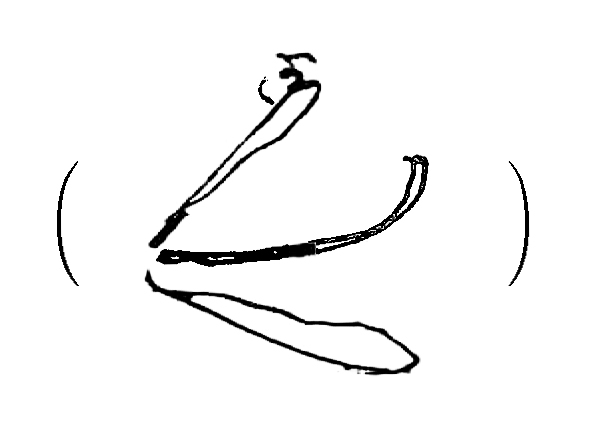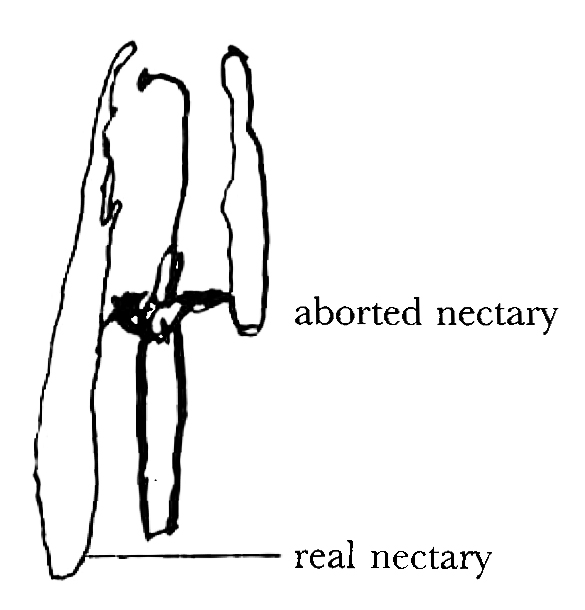To J. D. Hooker 26 April [1860]
Down Bromley Kent
Ap. 26
My dear Hooker
It is a horrid shame to add in slightest degree to your labour; but I certainly am very curious about Leschenaultia formosa.— I have had hunt for pollen tubes!! but could not find any, but my greenhouse is too cold for flowers to open well.— I cannot help continuing to suspect that surface indicated is stigma.— when the indusium closes, the humid surface comes to summit of pistil.— 1 Would not Mr. Bentham look for me, if you have not time??—2
I hope you will tell me, if you hear again distinctly from Bell that Owen avows the Review.—3 I have come to conclusion (& Lyell says he came to same) that Owen treats you more ungenerously, though perhaps not more spitefully, than he does me. But I now clearly see that the Review does not really signify.
With respect to curved style, I will try & find my few notes; & then you will see what few facts I have got.— The cases which have struck me most are those in which flower is regular or nearly regular, but in which honey is secreted by only two of the petals, & then if style bends, it bends so that stigma must be brushed by insect in alighting & departing.— In the Fraxinella Dictamnus??? the pistil is at first straight, but after some days when pollen is shedding, & nectar secreting by two upper petals, then & not till then it bends upwards thus.

There is a Corydalis I think tuberosa, which offers good case; as there is an aborted & really secreting nectary, & pistil bends to real nectary.—

When there is a nectary on both sides, as in Dielytra spectabilis pistil is straight. These are sort of facts which have struck me.— If I remember in Rhododendron honey is secreted by only two petals?? viz the two towards which pistil bends. Insects always know at once where nectar lies, & have not to search for it.—
I must say it seems to me a piece of impertinence in Royalty asking such men as you & Owen to Lecture to their children.—4 I will not mention it to a soul.—
Your affect | C. Darwin
Footnotes
Summary
CD intrigued by the pollination mechanism of Leschenaultia formosa.
CD interested in Thomas Bell’s rumour that Owen avows his review.
Curved styles and their relation to pollination.
Letter details
- Letter no.
- DCP-LETT-2769
- From
- Charles Robert Darwin
- To
- Joseph Dalton Hooker
- Sent from
- Down
- Source of text
- DAR 115: 50
- Physical description
- ALS 5pp
Please cite as
Darwin Correspondence Project, “Letter no. 2769,” accessed on
Also published in The Correspondence of Charles Darwin, vol. 8


